Understanding the true impact of value adding services in the 21st century is the difference between success and failure in IT business. On Wednesday evening May 2 2018, two thought provoking and leading vendors; Google and Microsoft in conjunction with their partners joined us for our annual Synnex Alliance event at Melbourne Park Function Centre.
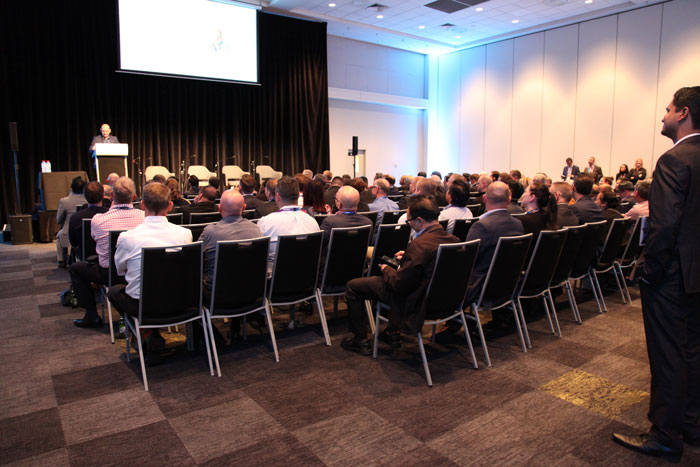
As the notion of value in the channel continues to lack definition, the ARN interactive session tackled the triple value play defined as customer value, channel value, and partner value. Hosted by ARN’s Editorial Director, James Henderson, and our very own Chris Woodall, National Configuration Services Manager, panellists discussed the notion of making sense in the changing market during two fire side talks and two panel discussions. Key themes and questions ranged from defining value in the market, how the customer is evolving, the role of the partner, future investments, strategies and how to enable the channel to deliver customer outcomes.
Opening the interactive session was Head of Education at Google Australia and New Zealand, Suan Yeo who shared on bringing Google IT value in schools and improving the customer engagement through channel. He was later joined by Kimberly Hall, EdTechTeam Regional Director and Chris Woodall for a live panel discussion. Microsoft Enterprise Channel Manager Jesse Cardy later spoke one-on-one with James Henderson, later joined by Matt Gordan, Managing Director of Edunet and Katrina Yon Commercial Sales Program Manager at HP.
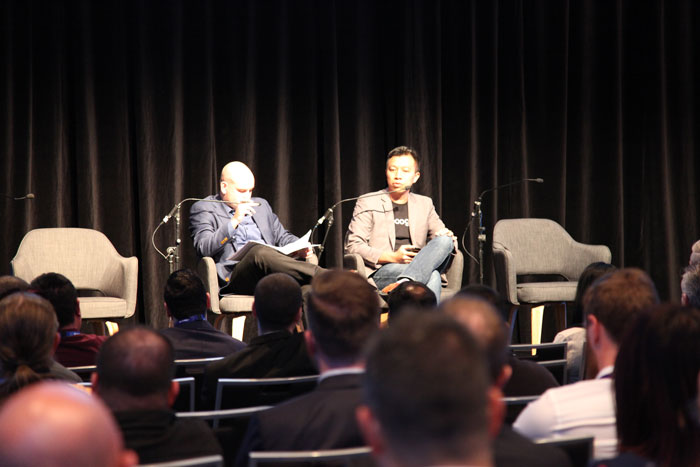
During the first fireside talk, Suan explained that Google want to provide value-added services that schools require now, ranging from support, training and employment that make sure schools have full end-to-end solutions. “Google’s ecosystem allows partners to build integration within platforms and with one another” Suan said, stressing the importance of collaboration between industry partners. “Whether you are a systems integrator, hardware reseller or professional system provider, being able to connect the dots so that you can have one point of contact for the schools is what we aspire to be able to develop” he said.
During the Google panel discussion, Kimberly opened about the increase of student agency in education, which provides students with a voice and choice in their education. As technology is important but always changing, being able to incentivise partners to work together, connect and collaborate is an important element. Kimberly stressed the need for partners to help schools identify what it is they are hoping to achieve and outcomes they want to see as a result of their investment in the technology. There is a shift in the thought process behind investment in technology by schools who better understand the significance and importance in providing students with greater access to information.
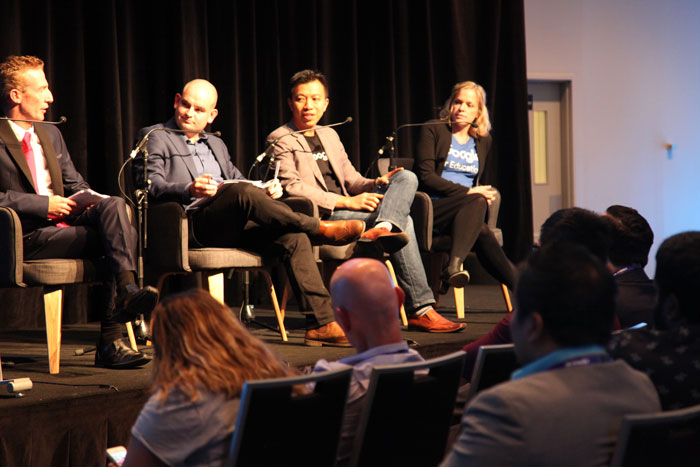
With competition on the rise, utilising the benefits of new and emerging technologies becomes that point of difference. Key customers in the education space are the parent and teacher with the end-user being the student whereas in the past, this was the school’s department of education. A few of the panellists shared that new strategies like BYOD (bring your own devices) and CYOD (choose your own devices) is becoming more prevalent in schools, seeing parents and teachers playing an increased role in what is used in schools. “68% of customers have done their research even before they talk to the reseller” (Forrester Research), emphasising how the end-user is becoming more demanding and knowledgeable.
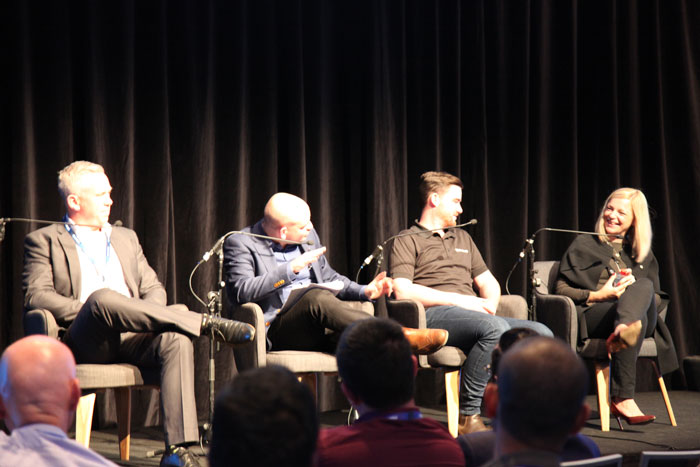
Jesse Cardy shared his perspective on education in the IT space explaining that defining value is about “empowering students of today to create the world of tomorrow, which comes down to how Microsoft are driving the skills agenda, being able to enable beyond the device, enabling collaboration, getting the students of Australia ready to go out and face the 21st and 22nd jobs and addressing that forth industrial revolution”. Joined by Matt Gordan and Katrina Yon, the second panel discussion shared that the key to enabling the channel to deliver customer outcomes in education is knowing what teachers want to do in the classroom and knowing the education that is going to underpin that. Adding value is about making sure the service is of the highest quality and making sure the product fits the customer in the most beneficial manner. Matt Gordan said “things need to be roughly around prison strength quality to go into schools and survive” because parents expect the device to provide the student with 24/7 access to learning materials for years in this landscape.
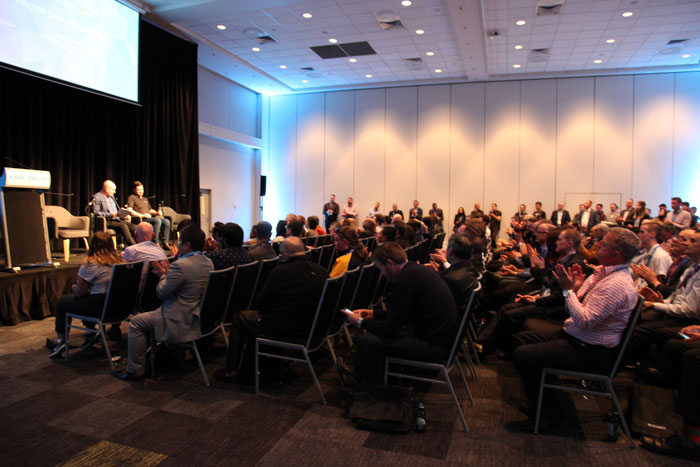
Vendors look for partners who are willing to adapt with the times, curious in change and able to move quickly as technology is a fast changing-environment. When addressing the question, what does the customer seek from vendors in technology? Staying in the education realm, panellists said that the goal of education is to prepare students for their future and technology should accompany this. A key message that came from this discussion was that vendors who provide a level of innovation that will change how students view education in a traditional way is what many customers look for.
Each panellist ended the sessions sharing tangible next steps for their business ranging from the launch of different technologies like Google’s jam board to focusing on keeping up to date with trends and technology in education to ensure they remain relevant. This interactive discussion brought together a dynamic collective of expertise and experiences on how value in the channel can affect the customer, channel and partner.
Synnex Alliance’s final leg is this Wednesday May 9 at Sydney Showgrounds. This final event is expected to be as content rich and insightful as the rest. Don’t miss out on this opportunity to learn more about new and emerging technologies and creating business strategies for a future fit industry. Follow the link: https://bit.ly/2riQFbd
